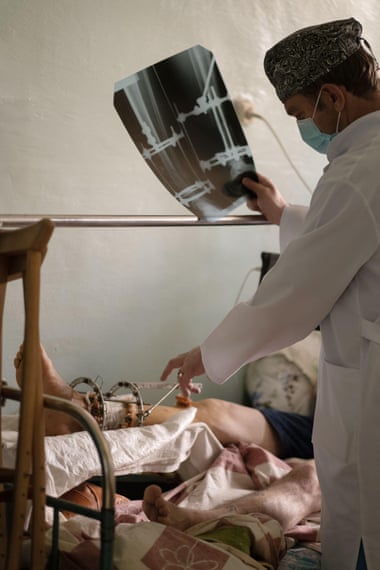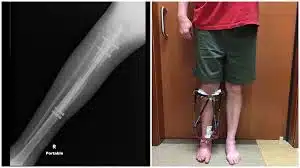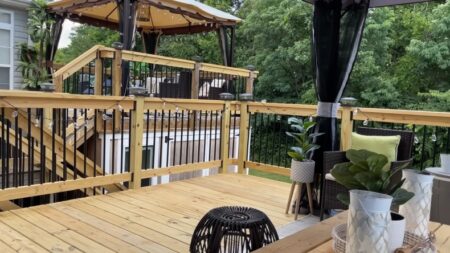Leg Lengthening surgery is a remarkable achievement in the field of medical Engineering. Despite its high cost, Many people tend to choose this leg-lengthening surgery. Let’s discuss this in detail.
What is Leg Lengthening surgery?
Leg Lengthening surgery is a procedure to lengthen one leg which is shorter than the other, due to a birth defect or improper bone growth or fracture. In this method, a leg bone is separated for several months. This makes the body itself generate new bone cells and this will fill the space to make both legs even. This lengthened bone in turn requires many months to heal to restore mobility and strength. This requires physical rehabilitation too.

Purpose of the Leg Lengthening surgery
The main reason for choosing this surgery may be one among the following
- Birth defects to Lengthen an unusually short leg, to
- Reduce an unusually lengthy leg.
- Any injury in the growth plate of a leg.
- Any previous fracture in the bone
- Non-healing of fracture bones
- bone disorders
- Poliomyelitis
- Cerebral palsy
Actions before the procedure
- On the day of the surgery, the patient will be taken to a pre-operation room.
- The patient is asked to wear a gown.
- Doctors will get to know about the patient’s medical history
- The patient is asked to lie down and he will be given fluids and medications through an IV in the arm.
- Finally, the patient will be transferred to the operation theater.

Leg Lengthening Procedure:
First Procedure:
- This course of treatment is customarily characterized by numerous procedures, which involves a protracted healing period, and numerous hazards. However, this procedure can lengthen a leg by as much as 6 inches (15 cm).
- The entire procedure is carried out while the patient is asleep. This indicates that during operation, the patient is dormant and pain-free.
- The lengthened bone is sliced off.
- Metal pins or screws are inserted into the bone through the skin. Pins are positioned above and below the bone’s incision.
- To close the wound, stitches are utilized.
- A metallic tool is attached to the pins in the bone. In the future, it will be used to peel the broken bone apart. As a result, the space between the ends of a cut bone widens and is filled with new bone.
Second Procedure:
This is performed to remove the pins after the leg recovers and reaches the desired length. Recently, a number of fresher methods have been created specifically for this process. These are based on the conventional leg lengthening procedure, however some people may find them more comfortable or practical.
After the procedure
- The patient is asked to stay in the recovery room for many hours.
- They are transferred to a hospital room, where they can stay for 2-3 days.
- A cast can be kept on the leg for 3-4 weeks if required.
- A physical therapist will assist the patient in rehabilitation and day-to-day activities using a wheelchair/walker.
Latency period: It is the duration between the surgery and the beginning of leg lengthening. It protects the bone from further damage.
The healing rate differs from person to person.For instance, it takes longer for people who suffer from diabetes or it may be sooner. In some cases, the bone becomes too hard .So the physician will tell that patient to work on for better bone growth.
After discharge:
- The patient should regularly visit the doctor to adjust the lengthening device.
- Special care should be given to the patients on how to handle the pins and screws to prevent infections.
- The patients should intake Vitamin D3 supplements for bone growth.
Recommendations for a speedy recovery:
- Having enough sleep at night.
- Eating a healthy diet.
- Drinking plenty of water.
- Doing physical exercises as prescribed by the physician.
- Staying active without sitting ideally.
Risks:
- Breathing problems
- Allergic reactions
- Bone infection
- Nerve damages
- Injuries to the blood vessel
- Partial /poor healing of bones.













